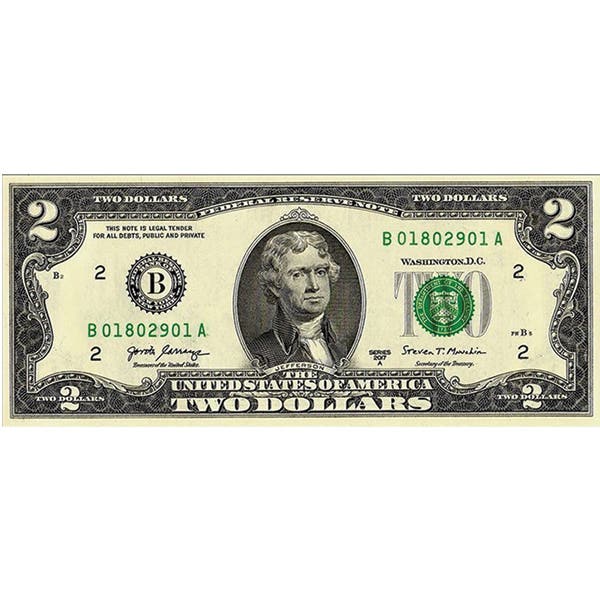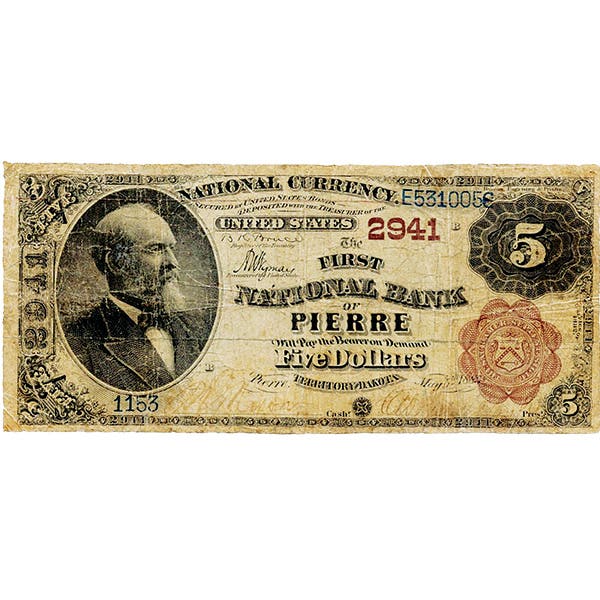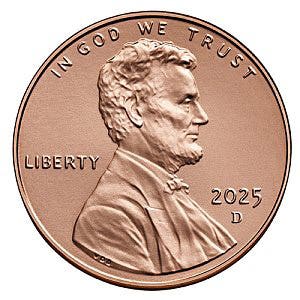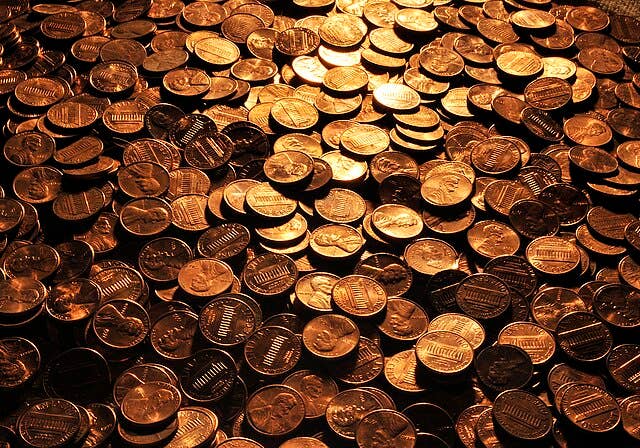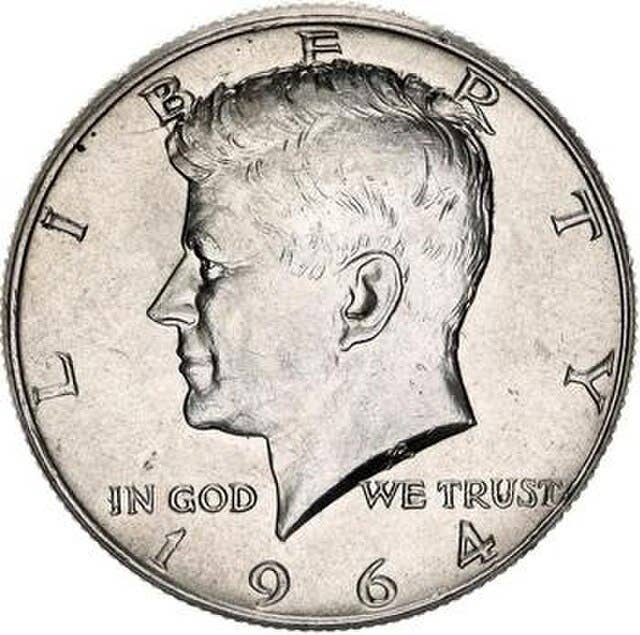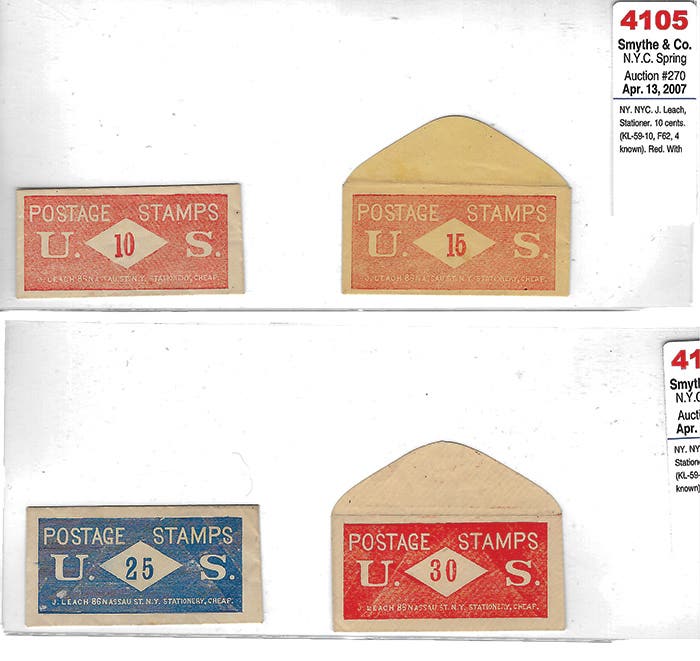Penny-picking a profitable practice
Penelope has always had a penchant for picking up pennies. One day when she was a young girl (6 years old) while on the way to the store for her mom, she noticed a cent on the ground. Bending over, she picked it up and placed it in her change purse.
This article was originally printed in Numismatic News.
>> Subscribe today!
Penelope has always had a penchant for picking up pennies.
One day when she was a young girl (6 years old) while on the way to the store for her mom, she noticed a cent on the ground. Bending over, she picked it up and placed it in her change purse along with the change her mother had given her for some bread. At this time she was unaware of its value, but she had seen her mother use them in the store before so she knew it had some value.
When she got to the nearby local store, she asked the person at the checkout counter what she could get for a penny. The year was 1956. She was told a cent would buy her many things. The counter person directed her to the candy counter and informed her a penny would buy eight pieces of candy or gum.
Her eyes lit up in amazement as she picked her choice of eight yummy morsels. While paying for the bag of candy, she thanked the store clerk for the heads-up and vowed to pick up every penny she ever saw on the ground from that day forward. True to her word, she did just that and still does to this day 54 years later.
FYI: United States cents were made of 95 percent copper until 1982. During that year, there was a transition by the U.S. Mint and the content of the cent was changed to 95 percent zinc with copper as an outer plating. Many people even to this day are unaware of this fact. Many others are too busy to care, a fact for which Penelope is quite grateful.
Starting at the age of 6, Penelope started saving every cent she found on the ground, in the washers at the laundry and anywhere else they could be found.
During this period, she found many wheat back and Indian cents. She placed many of these cents in her coin boards.
The rest Penelope saved by placing them in old coffee cans and Kerr jars. From 1955 to 1981 she had filled to the top more than 100 Kerr jars.
In 1982 at the age of 32, she decided the Kerr jars were not large enough for all of her cents so she started placing them in a 55-gallon barrel she got at a garage sale. She used $5 worth of the cents to buy the barrel, so it was essentially free.
Money was still tight for her in 1982, so she vowed at that time to go to the bank as often as she could and get rolls of cents to look through for copper cents. From 1982 until 2000 she saved only $100 worth of copper cents per year. During this era, the majority of cents in circulation were 95 percent copper so she had to work very little to find them.
Between 1982 and 2000 she saved $1,800 worth of 95 percent copper cents. They were now in three 55-gallon barrels full to the brim in her basement.
Fifty dollars worth of 95 percent copper cents weighs about 26 pounds, making her three barrels weigh more than 996 pounds avoirdupois, at 16 ounces to the pound.
From 2001 to 2010 Penelope saved $200 worth of cents each year. Though many more of the cents in circulation at that time were the zinc/copper-coated cents, she has averaged a 37 percent copper-to-zinc ratio over the last 10 years. Finding copper cents is a little more work, but she still gets results. Over the last 10 years she saved another 1,040-plus pounds of cents in her now seven 55-gallon barrels.
The total weight of these barrels of U.S. cents is more than 2,000 pounds. The total approximate number of copper cents in her seven barrels is more than 38,000. The total face value of cents in her barrels is $3,800.
In December 2010, copper reached around $4.25 and seems to be going up in a cyclical way. At $4.25 a pound, a 95 percent copper cent contains 2.8 cents worth of copper at melt. More than 38,000 cents at 2.8 cents equal $10,640 of copper at melt as of December 2010.
Recently Penelope was offered $20,000 for the seven barrels by a local coin dealer. She turned the dealer down. She states she is waiting for a better offer because she is sure there are many rarer dates and possible valuable error cents in her hoard.
She has no worries of being robbed because of the massive weight of her pennies and the fact that they are in her basement.
At her local coin club she is known as “Penelope Penny Pincher,” a name she wears proudly on her sleeve.
Though in the year 2010 a penny doesn’t buy the amount of goods it did in 1956, there is an upside: there are many more pennies to be found on the ground these days because many people feel they are not worth the time and effort to bend over and pick up.
This Viewpoint was written by Nicholas A. Szempruch of Bradenton, Fla., who is president of the Manatee Coin Club.
Viewpoint is a forum for the expression of opinion on a variety of numismatic subjects. The opinions expressed here are not necessarily those of Numismatic News.
To have your opinion considered for Viewpoint, write to David C. Harper, Editor, Numismatic News, 700 E. State St., Iola, WI 54990. Send e-mail to david.harper@fwmedia.com.
More Coin Collecting Resources:
• Subscribe to our Coin Price Guide, buy Coin Books & Coin Folders and join the NumisMaster VIP Program




